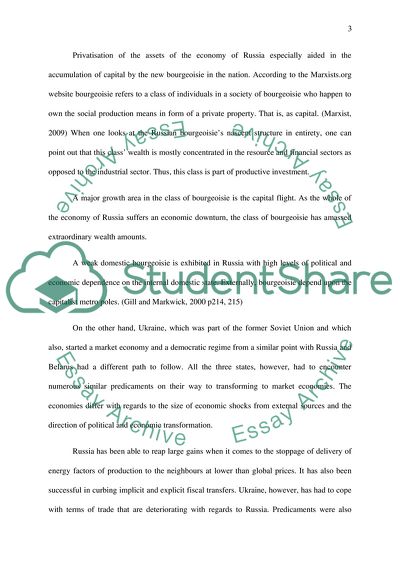Cite this document
(The Level of Success in Transition between Russia and Ukraine Assignment, n.d.)
The Level of Success in Transition between Russia and Ukraine Assignment. https://studentshare.org/macro-microeconomics/1726923-emerging-transition-economies
The Level of Success in Transition between Russia and Ukraine Assignment. https://studentshare.org/macro-microeconomics/1726923-emerging-transition-economies
(The Level of Success in Transition Between Russia and Ukraine Assignment)
The Level of Success in Transition Between Russia and Ukraine Assignment. https://studentshare.org/macro-microeconomics/1726923-emerging-transition-economies.
The Level of Success in Transition Between Russia and Ukraine Assignment. https://studentshare.org/macro-microeconomics/1726923-emerging-transition-economies.
“The Level of Success in Transition Between Russia and Ukraine Assignment”. https://studentshare.org/macro-microeconomics/1726923-emerging-transition-economies.


